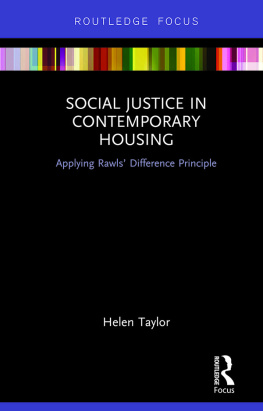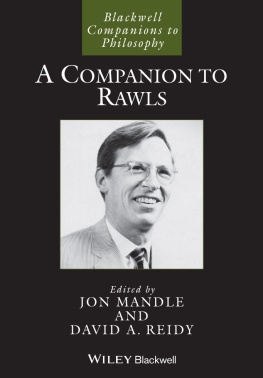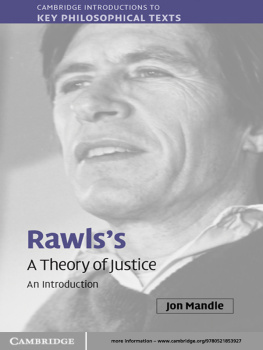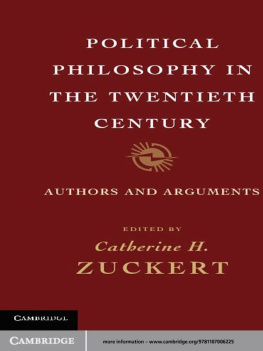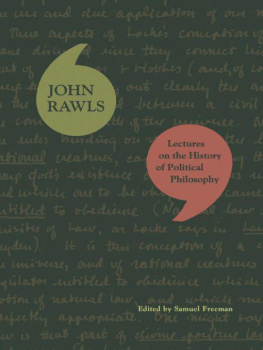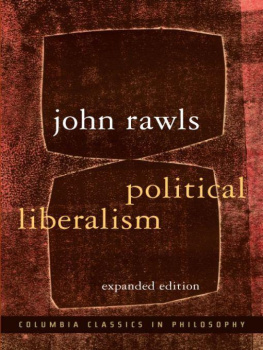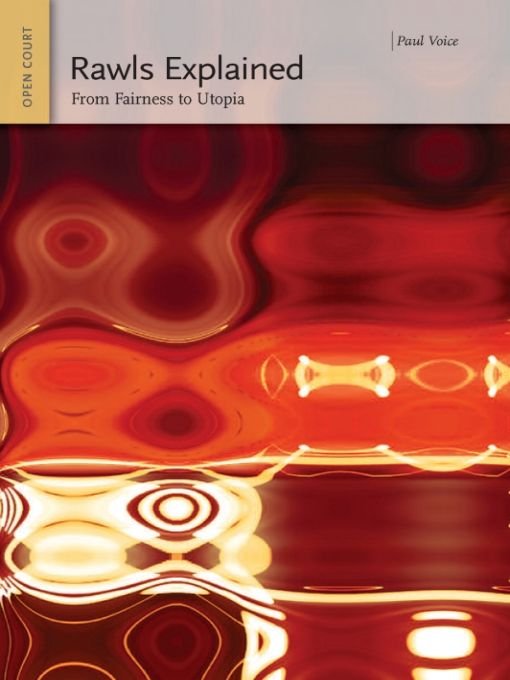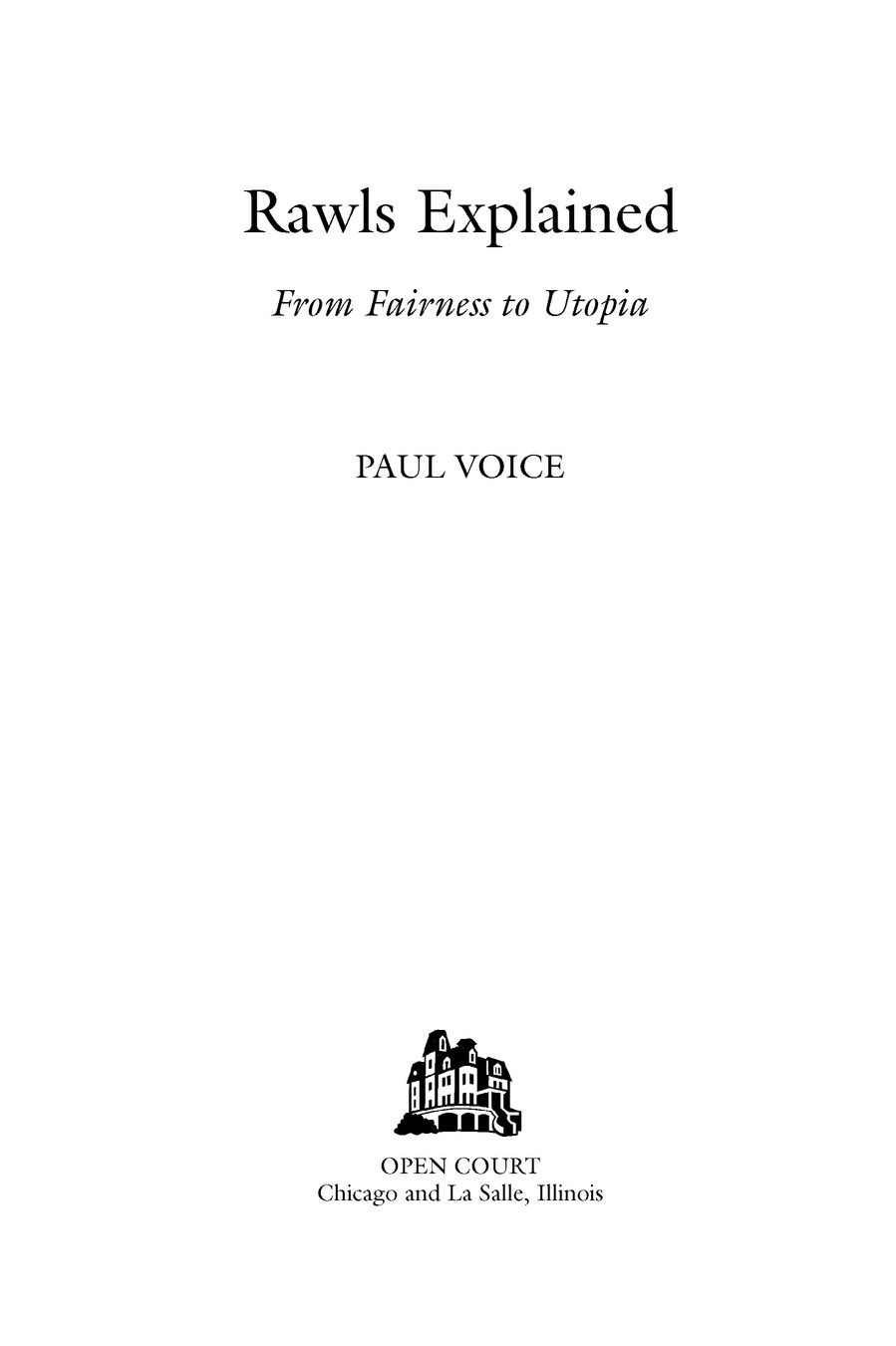Table of Contents
IDEAS EXPLAINED
Daoism Explained, Hans-Georg Moeller
Frege Explained, Joan Weiner
Luhmann Explained, Hans-Georg Moeller
Heidegger Explained, Graham Harman
Atheism Explained, David Ramsay Steele
Sartre Explained, David Detmer
Ockham Explained, Rondo Keele
Rawls Explained, Paul Voice
IN PREPARATION
Phenomenology Explained, David Detmer
Deleuze and Guattari Explained, Rohit Dalvi
The perspective of eternity is not a perspective from
a certain place beyond the world of a transcendent
being; rather it is a certain form of thought and feeling
that rational persons can adopt within the world.
And having done so, they can, whatever their
generation, bring together into one scheme all
individual perspectives and arrive together at
regulative principles that can be affirmed by everyone
as he lives by them, each from his own standpoint.
Purity of heart, if one could attain it, would be to see
clearly and act with grace and self-command from
this point of view.
JOHN RAWLS, A Theory of Justice
Acknowledgments
I would like to thank Sabine Merz for her help editing the text and Heather Kennon for constructing the index, as well as Bennington College for its generous leave policies that enabled me to write this book.
Introduction
John Rawls was the most important political philosopher of the twentieth century, although few people outside of the academic world are familiar either with his name or his ideas. At best, some will recall reading Rawlss work in their college classrooms. Part of the reason for this unearned obscurity is Rawlss reluctance to participate in public and political life. Another reason is that his work is not easily accessible either in content or style to readers unfamiliar with its intellectual context and its somewhat arcane vocabulary. However, barely a word of political philosophy is written today that is not indebted in some way, either directly or indirectly, to the philosophical paradigm that Rawls bequeathed. On his death at age eighty-one in 2002, his obituaries, written by some of the leading figures in Western philosophy, placed him alongside John Locke and Immanuel Kant in the canon of Western political philosophers. His colleague, the philosopher Hilary Putnam, said: His work is not going to be forgotten for decades, I think, for centuries.
Rawlss life is not one to inspire a legion of biographers. He was born in 1921 in Baltimore, Maryland. After graduating from Princeton in 1943 he enlisted in the US Army and fought in Asia. He completed his graduate studies at Princeton and taught briefly at Oxford and various US universities before settling down to teach for most of his career at Harvard. He had a long and happy marriage and every account describes him as a generous, kind, and unassuming man. Putnam says that Rawls didnt just think about how to do good and be good, but he seemed to exemplify in his own life doing good and being good.
The purpose of this short book is to introduce the reader to the political philosophy of Rawls. My aim is to explain the basic ideas of Rawlss theory of justice and to guide the reader through his arguments. I have divided the discussion into three parts corresponding to the three books that form the core of Rawlss theory: A Theory of Justice (1971), Political Liberalism (1993), and The Law of Peoples (1999). I set out Rawlss arguments in the form of a critical exposition and end each part with a survey of some of the main criticisms coupled with what I take to be Rawlss strongest counterarguments.
A Theory of Justice was first published in 1971. It is among the most important works of political philosophy of the twentieth century, some would argue the most important. Many of the main ideas Rawls sets out in the book were first published in a series of articles that stretched back to 1958. However, it is the vast ambition of the philosophical theory that Rawls offers in a single 500-plus-page text that captured the attention of the academy. A Theory of Justice is a sophisticated, deeply complex, and revolutionary theory of justice for democratic societies. It moves between discussions of morality to problems of rational choice, economic theory, and developmental psychology among many other topics. But it always keeps its focus on the central question: What are the principles that ought to govern the institutions of a just and stable democratic polity? It is the complexity of Rawlss thought and the systematic exposition of his arguments, coupled with his clarity of focus, that makes reading A Theory of Justice so rewarding. Furthermore, a careful reader cannot come away from time with this text without a sense that something very important has been said and also with the desire to engage critically with Rawlss arguments, the desire to wrestle with the ideas and to see how firmly they stand up to scrutiny. If we measure the importance of a book of philosophy by the number of other writers who use its ideas and who critically grapple with its arguments, then Rawlss A Theory of Justice stands very near the top of the scale.
Aside from the intrinsic merits of the work, A Theory of Justice was first published at a time when political philosophy was in need of a new perspective. The thought that one could take up the traditional question of justice, as it was asked by Aristotle or John Stuart Mill, was met with a general skepticism. To ask how societies ought to be governed so as to achieve justice was to court the ridicule of both positivists and Marxists. The former had reduced the scope of political philosophy to mere conceptual analysis; a method of making explicit how we use particular words. From the point of view of adjudicating the justice of particular institutions and societies, how people use the words they do was precisely what was in question and so beside the point. The Marxists renounced talk of justice as a particularly insidious form of ideological manipulation by the ruling class. For Marxists the issue was not ensuring that institutions are just and that the rights of citizens are secured but rather changing the material basis of society, ending class warfare, and making the very question of justice pointless.
On the other hand, libertarianism was a political philosophy that took the issue of justice and rights seriously. However, libertarians viewed the state and its institutions as obstacles to justice and viewed rights only as protections against state interference in the activities and projects of individuals. Moreover, libertarianism, by reducing the question of justice to noninterference and the elaboration of only negative rights, had little theoretical grasp of what were, to many, manifest injustices of material inequality and unequal opportunities and life prospects. Rawlss philosophy, as we will see, takes seriously the role of institutions in making social justice possible and it directly addresses inequalities of wealth, income, rights, and opportunities. Furthermore, rather than reconciling us to the justice of these inequalities Rawls advocates principles that would, if practically implemented, radically change the shape of society and the prospects of its citizens.



